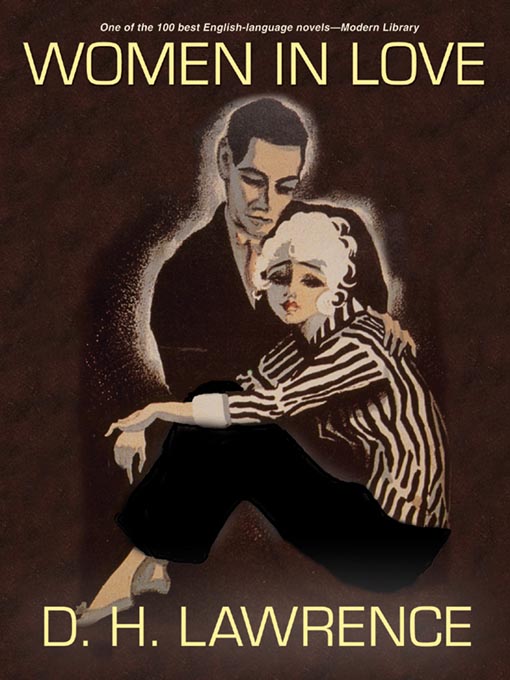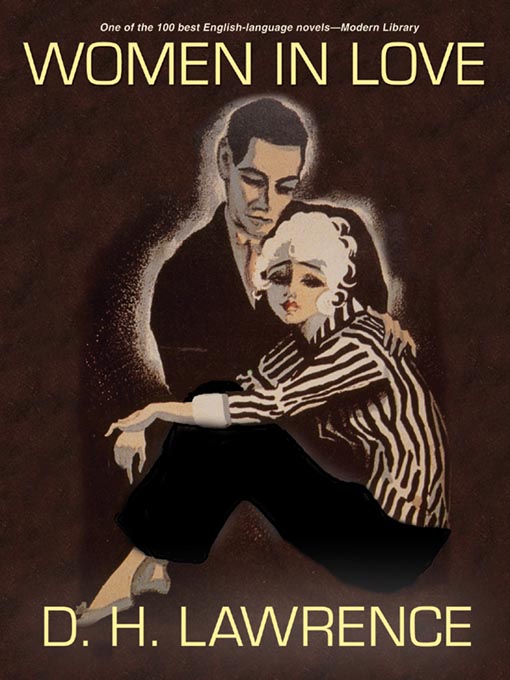



It ended a long period in which Europeans had allowed themselves to believe that civilization had reached an unprecedented pinnacle, and that moral progress would inevitably accompany material progress. The Great War of 1914-18, which we now call World War I, caused “bitterness” in many, many people besides D. At one point, Lawrence thought of calling the novel Dies lrae, the “Day of Wrath.” Mark Kinkead-Weekes perceptively calls it “a ‘war novel’ no less for being set in a world apparently at peace,” because the impulse to violence is so near the surface in all of the characters (Kinkead-Weekes, p. I should wish the time to remain unfixed, so that the bitterness of the war may be taken for granted in the characters” (Lawrence in Farmer, p. Lawrence wrote in the Foreword to the first American edition of Women in Love: “it is a novel which took its final shape in the midst of the period of war, though it does not concern the war itself. Events in History at the Time of the Novel World War I-the Great War His Women in Love, though focused on personal relationships, reflects a broader disillusionment in postwar British society. After the war Lawrence and Frieda wandered the world, searching for a congenial culture and a climate that would be favorable to Lawrence’s tuberculosis. Because of the fate of The Rainbow, and because of the threat of libel suits, Women in Love was first published privately in the United States in 1920, and only later published in England. The second half, Women in Love, was rewritten between 19, during World War I-a period of intense bitterness in Lawrence’s life. The first half, now called The Rainbow, was published in 1915, and immediately suppressed for obscenity. In 1913 he published his great autobiographical novel Sons and Lovers, and began work on a long novel with a female protagonist, to be called The Sisters. Lawrence attended Nottingham High School as a scholarship student and later Nottingham University College, where in 1912 he met and eloped with Frieda von Richthofen, the aristocratic German wife of one of his teachers. Lawrence, son of a coal miner and a former schoolteacher, was born in the English Midlands in 1885. snd Birkin end up happily, if unconventionally, married, but Gudrun’s affair with Gerald falls into a destructive spiral, ending in Gerald’s death.Įvents in History at the Time of the Novelĭ.H.

The sisters, Ursula and Gudrun Brangwen, are attracted, respectively, to Rupert Birkin, a school-inspector and misanthropic philosopher, and Gerald Crich, the son of a wealthy coal-mine owner. A novel set in in England and Austria jyst before or after World War I (1914-18) published in 1920.


 0 kommentar(er)
0 kommentar(er)
